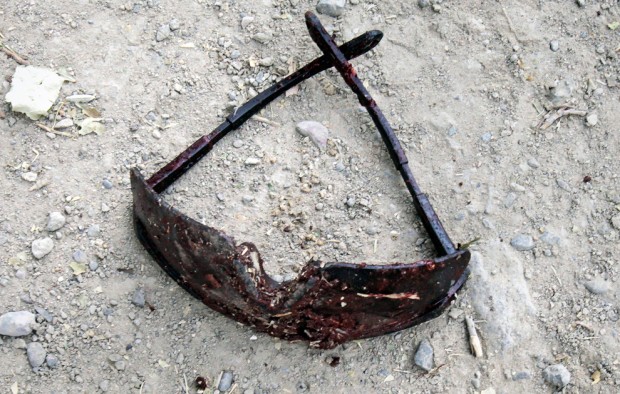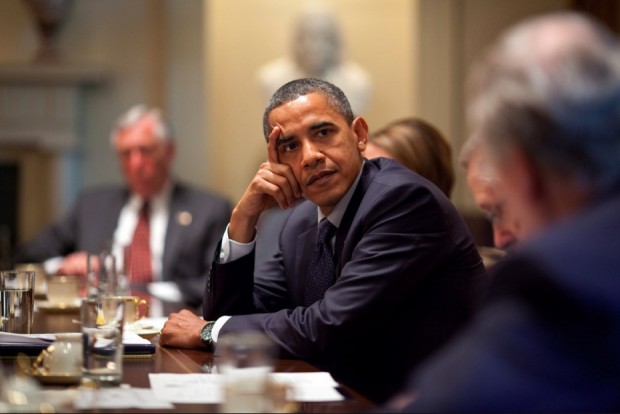Notes
Eyewear and Warfare
When going on vacation this summer, you can be assured that the war will be there when you return. Waiting, stealthily, ready to kill again.
This chilling image could well be the face of war in the 21st century. He sits there quietly, comfortably, in no hurry. There is no risk that the mission will be canceled or that the funding will be diverted to civilian projects. His job doesn’t turn on any election or economic policy. He sits at a ledge overlooking the street in Kabul, but the room behind him could be in any warehouse or empty building anywhere. It might as well be a portal to hell; close one, and another can be opened around the corner.
As he sits safely in the darkness, we become aware of the light along the ledge, light that barely penetrates the dirty and boarded windowpanes. The light limns his firing stand and headgear, while the binoculars (which double here as goggles) look like another set of darkened panes, as if light itself were a threat to this demonic creature. Demonic, and fashionable: this cyborg is neatly hybridized as well: a NATO-ISAF soldier, his combination of high-tech weaponry and traditional headdress could fit in just as well on the other side, or sides.
He is not a massed army, and so the death toll is kept at sustainable levels, but he is lethal, and so specific individuals and their families are due to enter a world of pain and loss. Above all, although the face of war you can’t see his face. From sophisticated optical devices to protective eyeware, modern warfare is about equipping the eyes so that they can see but not be seen–and see but not question, judge, or look away in disgust.
And so we get to this awful reminder that the war is not just about deploying, shooting, or otherwise acting against others. This US soldier’s sunglasses are splattered with some of the blood from an IED explosion in Afghanistan. The glasses appear to be fine. What looks like a fashion accessory is in fact essential gear, and not just to cut the glare. Once again, however, we can see the optical instrument but not who wore it or what was seen through it.
The camera is another optical instrument. These photos bring us closer to the war zone, but they also remind us how much remains unseen and unchanged. One might ask how we should use such images. Are we going to ponder what they may be telling us about the nature of war and the representation of war, or are they likely to become another form of protective eyewear: something used to see while safely at a distance or avoiding the glare and grit, and also to look without seeing, questioning, and demanding change.



Reactions
Comments Powered by Disqus